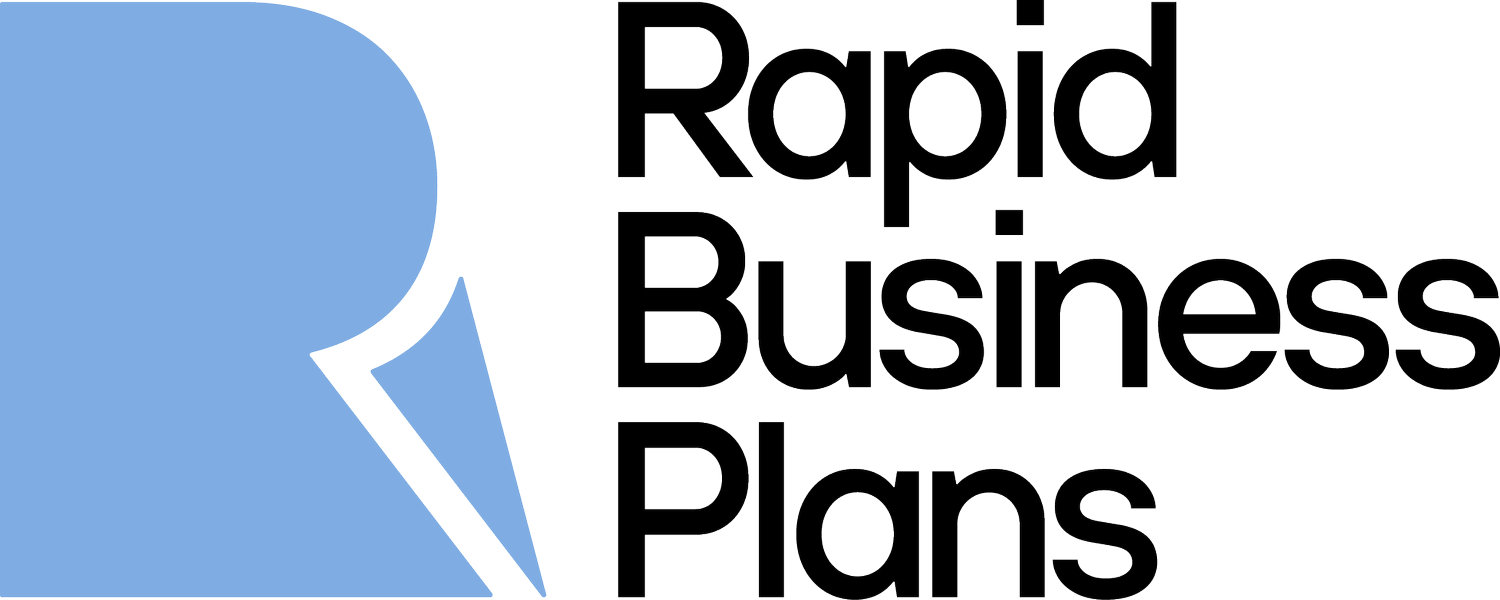What Rising SBA Loan Defaults Mean for Small Businesses in 2025
/Recent data on the Small Business Administration’s (SBA) 7(a) loan program has raised concerns about rising defaults and delinquencies, prompting discussions about the program’s long-term sustainability. A recent internal risk analysis, reported by Barron’s, revealed that early loan defaults have tripled since 2022, pushing the program into negative cash flow for the first time in over a decade.
While some lawmakers attribute these challenges to policy shifts and loosened lending standards, others emphasize the continued importance of SBA loans for entrepreneurs, particularly minority and women-owned businesses. With the SBA now facing scrutiny over its lending practices, business owners should take a strategic approach to securing funding and managing risk.
What’s Happening with SBA Loan Defaults?
The 7(a) loan program, which guarantees loans issued by banks and nonbank lenders, has long been a cornerstone of small business financing. However, recent changes have created unexpected financial challenges for the program:
Higher Default Rates: Early loan defaults—those occurring within the first 18 months—have tripled since 2022, exceeding 1% in 2024.
Rising Delinquencies: The rate of delinquent loans has more than doubled, from 1% to 2.5% over the past two years.
Negative Cash Flow: SBA-guaranteed loan purchases jumped from $570 million in 2021 to $1.6 billion in 2024, pushing the program into a $370 million deficit.
These trends suggest that borrowers are struggling more than in previous years, possibly due to rising interest rates, economic pressures, or reduced underwriting standards.
Why Are SBA Loans Facing These Challenges?
Several factors have contributed to the recent rise in defaults and delinquencies:
Policy Changes & Fee Reductions
In an effort to expand access, the SBA cut lender fees in 2023, eliminating fees on loans up to $1 million. While this move made borrowing more affordable, it also reduced the program’s revenue by over $100 million, making it harder to offset losses from defaults.Loosened Lending Standards
Critics argue that changes in SBA loan underwriting—such as making it easier for borrowers to qualify—may have led to riskier loans. Some experts compare this to the 2008 financial crisis, where relaxed lending contributed to widespread defaults.Fintech Lenders & Riskier Borrowers
The inclusion of nonbank fintech lenders in the SBA’s loan program has drawn scrutiny. Some lawmakers point to fintech’s involvement in fraud and improper payments during the Paycheck Protection Program (PPP) as a warning sign. While fintech lending has increased accessibility, it may also have introduced higher-risk borrowers into the program.Federal Reserve Rate Hikes
Rising interest rates have made variable-rate loans more expensive, putting added strain on borrowers. Many small businesses that took out SBA loans under lower interest rates in previous years are now facing higher repayment costs, increasing the risk of delinquency.
What This Means for Small Business Owners
Despite these challenges, SBA loans remain one of the most affordable ways to fund a business. However, the recent financial strain on the program means business owners should approach borrowing with greater diligence and long-term planning. Here’s what to keep in mind:
Stronger Financials Will Be Key
With rising default rates, lenders may tighten their approval standards to reduce risk. Small business owners should focus on strong credit profiles, healthy cash flow, and solid business plans to improve loan eligibility.Interest Rate Increases Could Impact Payments
As the Federal Reserve continues its monetary policy adjustments, business owners with variable-rate SBA loans should prepare for potential increases in their monthly payments. Refinancing or securing fixed-rate options may be a smart strategy.The SBA May Reassess Lending Policies
Given the financial strain on the program, the SBA could introduce new lending restrictions or revise underwriting guidelines. Keeping up with these changes can help business owners plan ahead and avoid unexpected hurdles in the application process.Alternative Funding Options May Be Necessary
If approval requirements become stricter, businesses may need to explore supplementary funding sources, such as business credit lines, private lenders, or local economic development loans.
How Business Owners Can Adapt
While the SBA works to stabilize the 7(a) loan program, business owners must be proactive in their financing strategies. Here’s how to navigate these changes effectively:
Apply Early & Prepare Thoroughly: With potential shifts in lending criteria, securing an SBA loan may become more competitive. Start the process early and ensure your financials are well-documented.
Consider Fixed-Rate Options: If you’re concerned about rising interest rates, ask lenders about fixed-rate SBA loans or alternative funding structures that minimize repayment risks.
Monitor SBA Policy Changes: Keeping an eye on updates from the SBA can help you stay ahead of new requirements and adjust your funding strategy accordingly.
Diversify Funding Sources: Relying solely on SBA loans may not be the best strategy in a changing financial environment. Consider business credit, grants, or private lending to complement your capital strategy.
Planning Ahead for Sustainable Growth
As the SBA works through these financial challenges, small business owners can still set themselves up for success with thoughtful planning and a strong financial foundation. Staying ahead of lending changes, maintaining solid financials, and exploring the best funding options will be key.
Navigating these shifts can be complex, but having a clear strategy—like the ones we develop at Rapid Business Plans—can help businesses secure the capital they need to grow with confidence. Whether it’s preparing for an SBA loan or structuring funding for long-term stability, taking a proactive approach now can make all the difference down the road.
Looking to navigate the changing SBA loan landscape with confidence? Start planning now.




